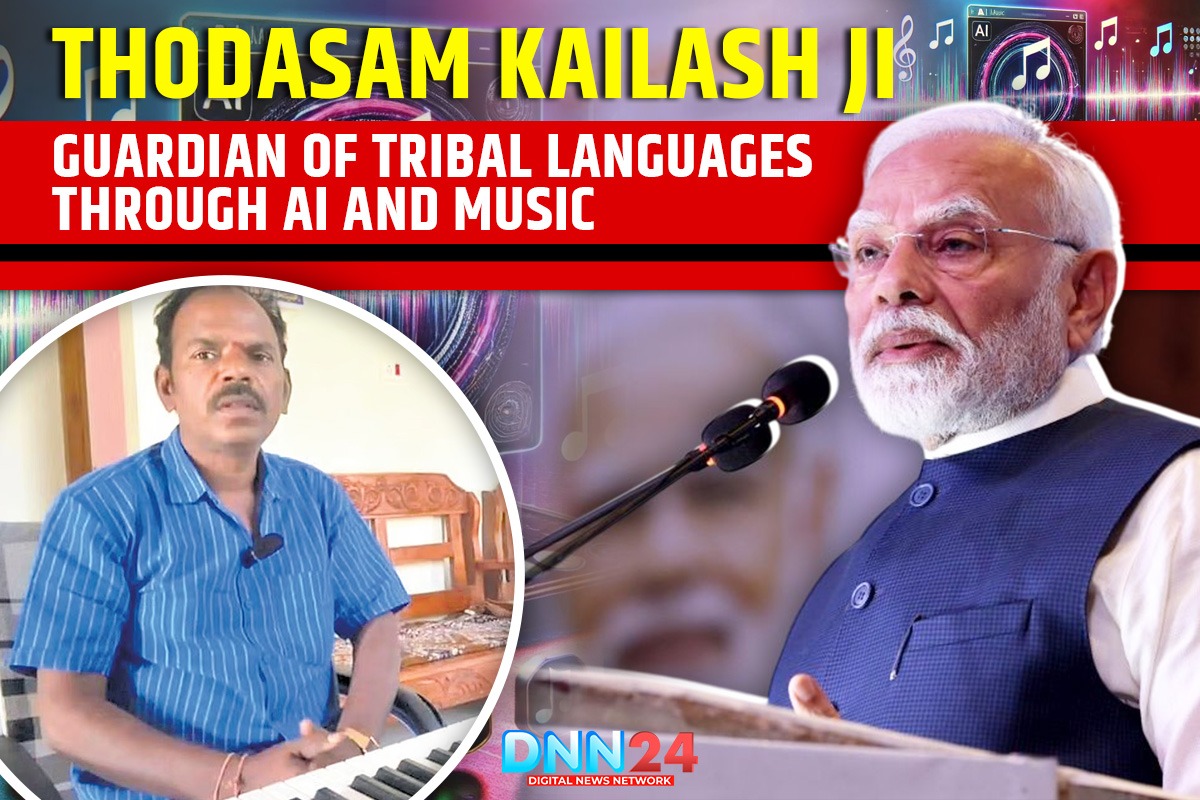India contains a vast diversity of spoken languages because its population speaks numerous hundreds of different languages. Among these, tribal languages hold a special place, embodying the rich history, traditions, and identity of indigenous communities. However, due to the forces of modernization and globalization, many tribal languages are on the verge of extinction. When languages vanish from the world every related organic wealth including cultural information and local traditions becomes irretrievable. The preservation of languages goes far beyond word conservation because it protects an entire living heritage.
Across India, numerous tribal languages exist, most of which rely heavily on oral traditions, with very few written records. The increasing dominance of widely spoken languages in education and daily communication has put these smaller languages at risk. However, passionate individuals and organizations are making tremendous efforts to document, revive, and sustain these endangered tongues. One such remarkable individual is Thodasam Kailash Ji, a dedicated teacher from Adilabad, Telangana. Through his deep love for music and his innovative use of artificial intelligence (AI), he has taken a groundbreaking approach to language preservation, ensuring that tribal languages like Kolami continue to thrive in the digital age.
Thodasam Kailash Ji: A Teacher with a Mission
Thodasam Kailash Ji is not just a social studies teacher at a government school in Adilabad; he is also a passionate musician and technophile. His commitment to cultural preservation led him to explore unconventional ways to keep tribal languages alive. His understanding of teen interest in technology and music enabled him to develop an effective tool for preserving speech languages.
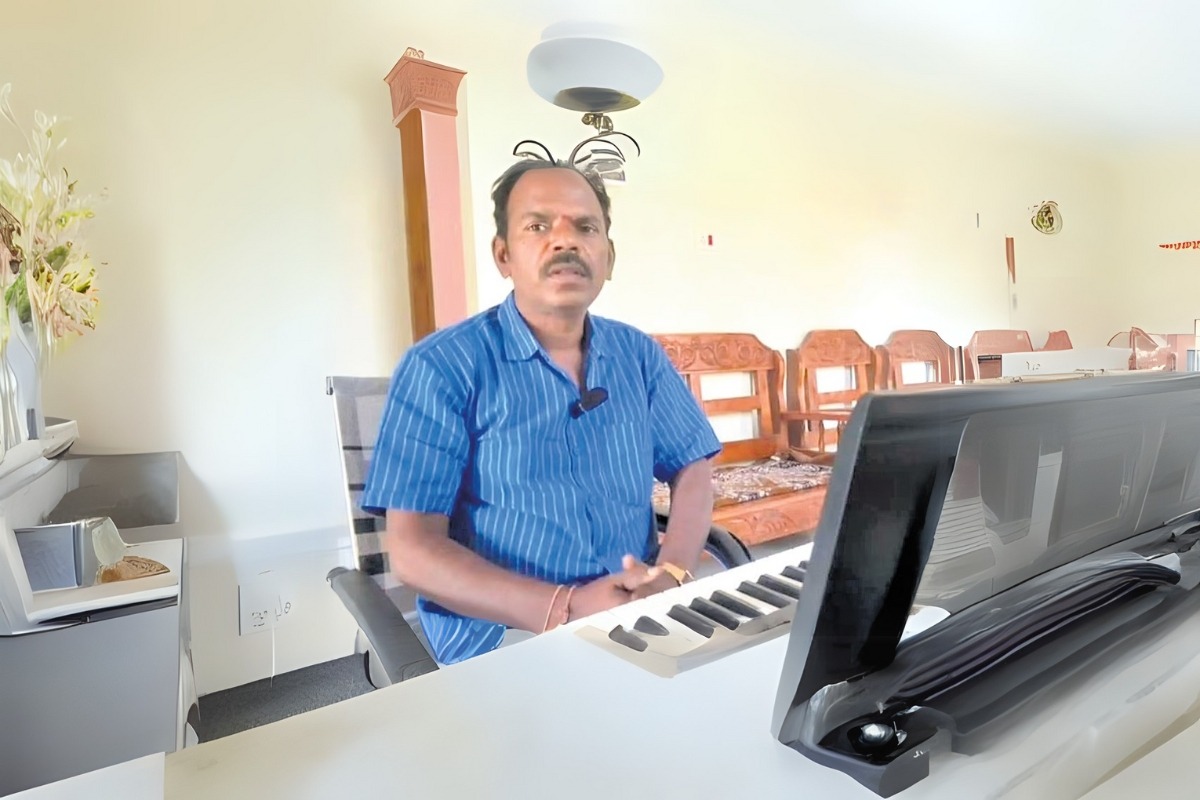
Kailash Ji discovered that AI could play a crucial role in language preservation. He began experimenting with AI-powered tools to generate songs in Kolami, a language spoken by the Kolam tribal community. His mission was not merely to create music but to ensure that these tribal languages remained relevant, accessible, and appreciated by future generations. The scope of his musical work broadened because he composed songs in different languages which strengthened the connection between historical language preservation and modern digital music culture.
AI and Music: A New Era in Language Preservation
Using AI for Music Composition
To overcome challenges, Kailash Ji turned to artificial intelligence (AI). AI has transformed the way music is created, making it possible to generate songs in multiple languages with minimal resources. By experimenting with AI-based music tools, he was able to create songs in the Kolami language—an achievement that had never been done before.
Bringing Tribal Languages to the Digital Age
Through AI, Kailash Ji has not only composed songs in Kolami but has also expanded his work to other tribal languages like Gondi and Lambadi. He has composed over 100 songs in different languages, including Telugu, Hindi, and English. By sharing these songs on social media platforms, he has brought tribal music to a larger audience, helping to revive interest in these languages.

His language expertise now extends to Gondi and Lambadi in addition to Kolami as well as Telugu and Hindi and English compositions. Through his dedication to indigenous languages technology functions as a link that connects ancient times to modern generations to maintain living usage of cultural dialects.
National Recognition and Impact
Thodasam Kailash Ji’s pioneering work did not go unnoticed. His contributions received national recognition when Prime Minister Narendra Modi acknowledged his efforts during the widely popular radio program “Mann Ki Baat.” In his address, PM Modi praised Kailash Ji for using AI-generated music as a means of preserving tribal languages.
“His interest in digital song and music is helping us preserve our tribal languages,” the Prime Minister remarked, bringing much-needed national attention to the importance of linguistic diversity.
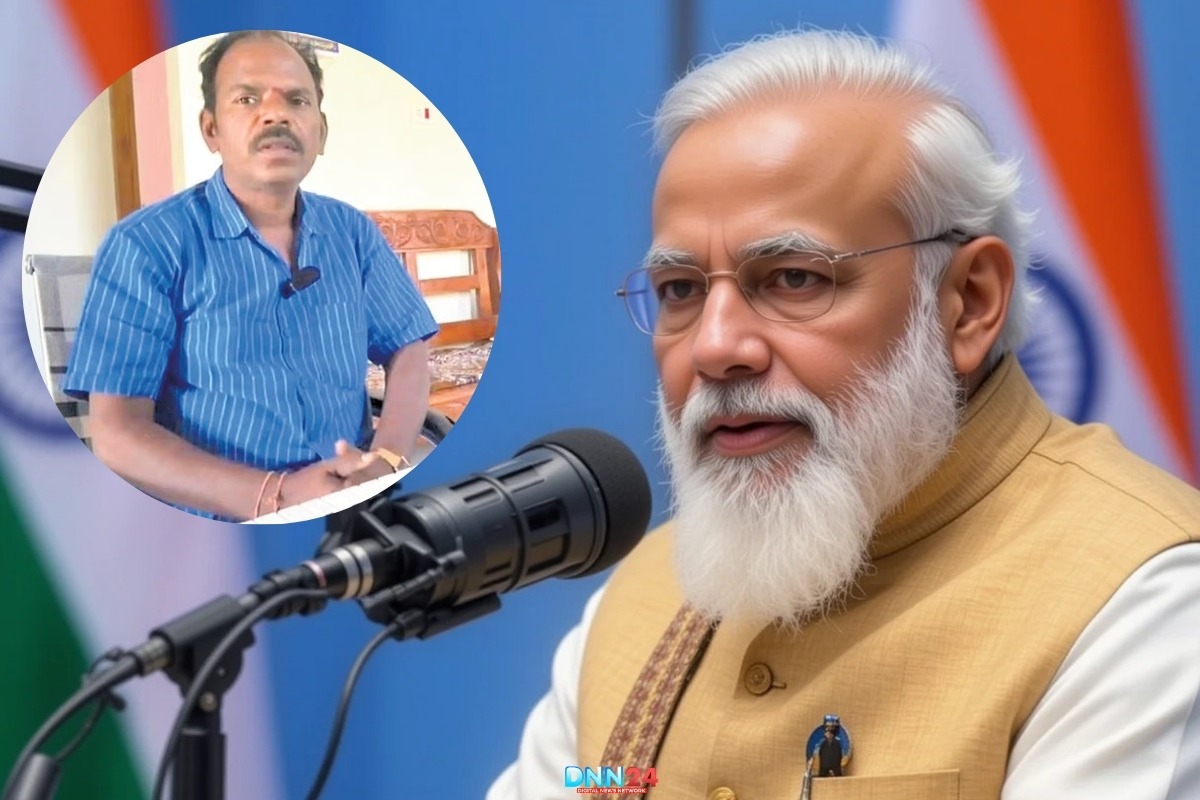
The Prime Minister acknowledged that:
- AI can be a powerful tool for cultural preservation.
- Kailash Ji’s work is a model for other educators and artists.
- Such initiatives can inspire more people to use technology for the protection of India’s diverse linguistic heritage
As a result of this accolade several Indian music enthusiasts and education professionals and people interested in language studies became interested. Inspired by Kailash Ji’s work, many have begun exploring AI-driven approaches to language preservation. His efforts have also reignited a sense of pride among tribal communities, encouraging younger generations to embrace their native languages with renewed enthusiasm.
The Challenges Facing Tribal Languages
Despite the commendable work of individuals like Kailash Ji, tribal languages continue to face an uphill battle. The main obstacle impeding progress is that tribal languages have no documentation in writing. Most tribal languages exist solely in oral traditions, making them especially vulnerable to extinction when the speakers shift to dominant languages.
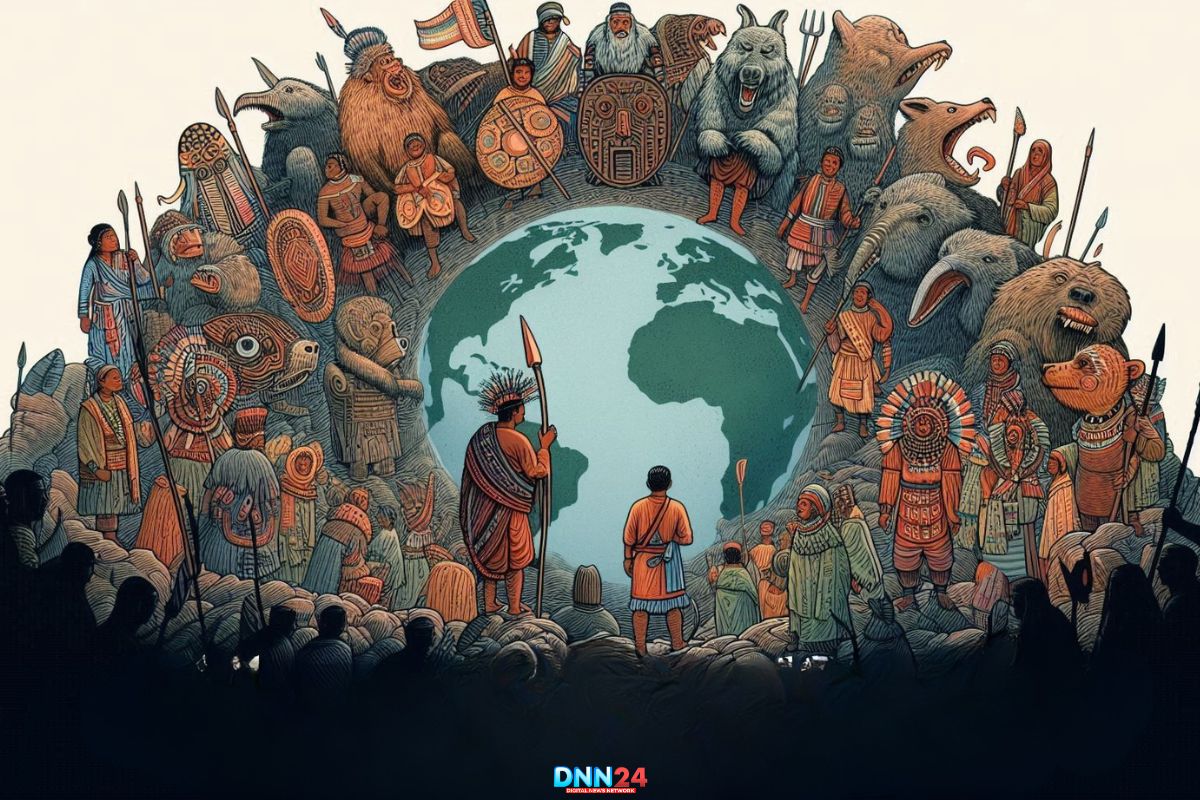
Preservation efforts face severe impediments because the government lacks comprehensive support for linguistic diversity. While there are some local initiatives, structured policies that promote tribal language education in schools and colleges remain scarce. The future survival of these languages depends completely on institutional support since their disappearance will happen in less than three generations.
Young audiences decide to learn Hindi or English over their ancestral languages since these languages tend to provide more advancement opportunities in economic fields and social spheres. As a result, fewer people learn and use their native languages in daily life. Without conscious efforts to integrate tribal languages into modern communication, their survival remains uncertain.
How Technology Can Help Preserve Tribal Languages
Despite these challenges, technology offers promising solutions for the preservation of tribal languages. AI-driven translation tools, speech recognition software, and digital storytelling platforms can play a vital role in documenting and teaching endangered languages. Mobile applications paired with online courses provide easy access for more people to learn languages which helps both recording and practical usage of these languages.

Moreover, digital storytelling can be a powerful medium for passing down tribal history and folklore. Communities maintain their living oral traditions today through the creation of multimedia content and interactive stories made in native languages which appeal to current audience expectations. Online platforms together with social media tools help expand these efforts by bringing more people to interact with their historical languages.
The Road Ahead: A Future for Tribal Languages
The survival of tribal languages depends on a collective effort from communities, educators, linguists, and technology experts. Adults need to actively participate in language preservation programs to secure their successful implementation. Schools should introduce tribal languages into their curriculum, helping young learners develop fluency and appreciation from an early age.
Governments must also play a crucial role by providing funding for language documentation projects and supporting AI-based preservation tools. Awareness campaigns should emphasize the importance of linguistic diversity and its role in shaping India’s cultural identity. Our cultural identity depends on our continued support of these languages since it will protect valuable cultural knowledge from destruction.
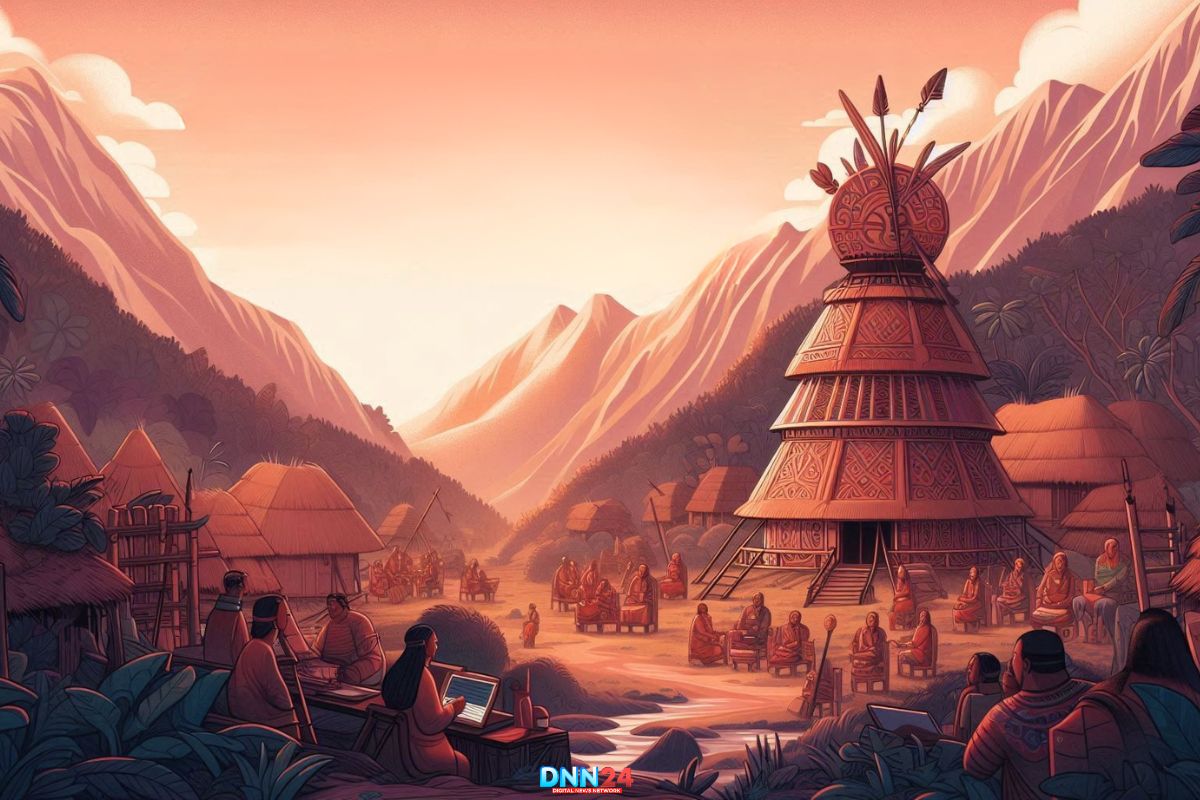
The work of Thodasam Kailash Ji serves as a beacon of hope and inspiration. Through his revolutionary tactics he demonstrates that traditional heritage works with technological systems to preserve endangered languages in the digital realm.
Conclusion: A Call to Action
The story of Thodasam Kailash Ji is a testament to the power of innovation in preserving cultural heritage. Through AI-generated music, he has brought tribal languages into the spotlight, proving that technology can be a force for good in the fight against language extinction.
The progress of India toward digital advancement demands an active commitment to protect its various languages. Governments, educators, and communities must come together to support initiatives that safeguard tribal languages. The continuous use of native languages in education programs and media broadcasts as well as regular everyday life activities will sustain their natural development.
By valuing and promoting tribal languages through modern technology, we can create a future where cultural heritage is not just remembered but actively lived. Thodasam Kailash Ji’s journey reminds us that with dedication, creativity, and the right tools, even the most vulnerable languages can be preserved for generations to come.
Also Read: The Diverse and Unique Art Forms of Bengal
You can connect with DNN24 on Facebook, Twitter, and Instagram and subscribe to our YouTube channel.

